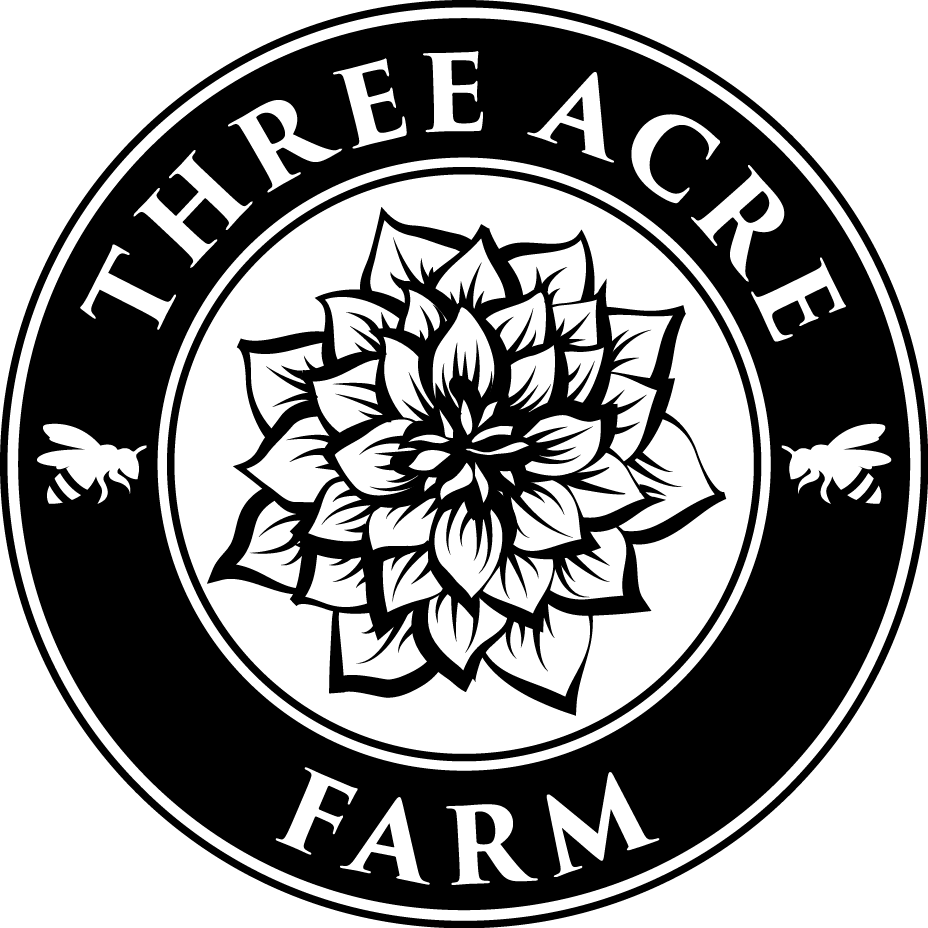5 Perfect Perennials for Cut Flower Arrangements
5 Perfect Perennials for Cut Flower Arrangements
When we first started flower farming, we were literally starting from scratch.
Our farm had no cut flower Perennials, shrubs or bushes to speak of.
Since we were on such a tight budget the first season, we could only afford to buy seeds… so we grew mostly Annual flowers, like Sunflowers, Zinnias, Cosmos, etc. Seeds are a real bargain and a great way to get started!
However, we knew we wanted to begin investing in Perennial plants as soon as possible. Many Perennials take about 2-3 seasons to establish before they are vigorous enough to be harvested from. For our first couple of seasons, any profits we made on the farm were invested into building up our stock of Perennials.
We’re in season 6 and we still keep adding Perennials whenever and wherever we can! Perennials are a gift that keeps on giving. While they may not bloom for a long length of time (many Perennials bloom for about 2-6 weeks out of the year), they are hardy, reliable and generally more drought tolerant than annual plants.
The best time of year to plant Perennials is late summer/early fall, about 4-6 weeks before your Average First Fall Frost (ours in October 15).
The days are starting to get shorter and cooler, so the plants won’t be as stressed by the heat and blazing sun of summer. Planting in late summer/early fall gives the plants enough to time to establish a strong root system before the ground freezes for the winter (we’re growing in Zone 5b in Michigan, USA).
Plus, many plant nurseries are looking to clear out their stock before they close for the season, so you may be able to find some great deals.
Here are 5 of my favorite Perennials we grow at Three Acre Farm:
Baptisia (Baptisia australis), “False Indigo”
A dear friend recommended I plant as many Baptisia plants as possible, as soon as possible… and she was right! Not only are their blooms stunningly beautiful, but even better, the foliage is incredible in bouquets.
Foliage is a vital, yet often overlooked, part of crafting a beautiful bouquet. You will not be disappointed with this lovely plant that provides gorgeous blooms in late May/early June (around the time Peonies are in bloom) and perfect foliage the rest of the season.
Part Sun to Full Sun
Height: 4 feet
Spread: 3-4 feet
Pictured below is “Decadence® Deluxe Pink Truffles” False Indigo Baptisia hybrid from Proven Winners.
Aruncus (Aruncus dioicus) “Goat’s Beard”
This beautiful flower has an unfortunate, yet memorable name!
Also. Rest assured that it does NOT smell like a goat’s beard. Ha! As someone who has had a breeding buck goat on our farm… believe me, a goat’s beard at mating season… OH.MY. I was nervous about growing it because I know how foul a goat beard can smell. But no worries ;)
This plant sends up the most romantic and magical looking stems in late spring. I’ve tried cutting them back after blooming to see if they would send up more blooms over the season, but it’s been spotty.
Even so, this is a great addition for spring bouquets. Here on my farm, they bloomed at the same time as my Peonies. They add the perfect touch of whimsy and sparkle to bouquets.
Full Sun to Part Sun
Height: 4-6 feet
Spread: 2-4 feet
Pictured below is Aruncus “Misty Lace”.
Yarrow (Achillea millefolium)
While Yarrow may look unassuming by itself, it’s a fabulous filler type flower for bouquets.
This Perennial will actually bloom it’s first season when started from seed, so it’s worth growing them from seed if you are so inclined. You could also purchase them as plants.
I do find that Yarrow starts to decline in quality after 2 seasons, so I simply plant more each season so that I always have some “fresh” plants in production. When you notice the plants are not producing well anymore, remove them and plant new seedlings in their place.
Yarrow tends to wilt if its harvested too prematurely. Wait until it actually starts to look a bit faded to make sure the stems will hold up properly.
Full Sun
Height: 2-3 feet
Spread: 2 feet
Pictured below is Yarrow “Summer Pastels”
Veronica (Veronica longifolia ) “Speedwell”
I love the look of “spike type” flowers in arrangements. They add height, drama and visual interest. Veronica is a great option for cut flowers.
Be sure to read the tag carefully at the plant nursery. Veronica comes in a variety of heights and you’ll want to choose the tallest variety you can find. 18-24” tall is ideal.
On our farm, I find Veronica blooms in late spring/early summer. If I deadhead/cut back the plants to about 6-8’ tall, the plants will produce another beautiful flush of blooms in late summer.
Full Sun to Part Sun
Height: Varies
Spread: Varies
Pictured below is Veronica longifolia “SKYLER™ Blue”, “SKYLER™ Pink” and “SKYLER™ White”
Rudbeckia triloba “Brown-Eyed Susan”
This mid/late summer blooming short-lived Perennial is a treasure! It’s a native plant to many parts of the USA and is easy to grow and drought tolerant once established.
Some people classify this plant as a Biennial or Short Lived Perennial, depending on where you live. I find it best to allow it to grow in a permanent location and allow the plants to self-sow (drop their seeds) to ensure new plants every season.
These Perennials are easy to start from seed, but will likely not bloom the first season so be patient!
The dainty delicate blooms and thin wiry stems look amazing in bright summer bouquets. They pair exceptionally well with Sunflowers and other Rudbeckia (Black-Eyed Susan) blooms.
Full Sun
Height: 2-5 feet
Spread: 4 feet
Remember: late summer/early fall is the perfect time to plant Perennials! Have fun!











